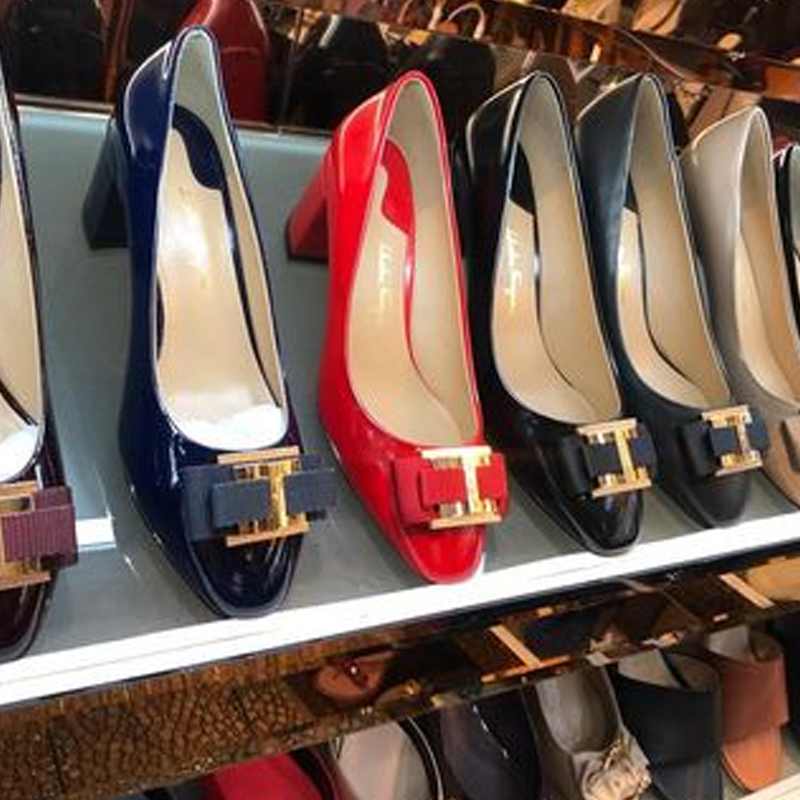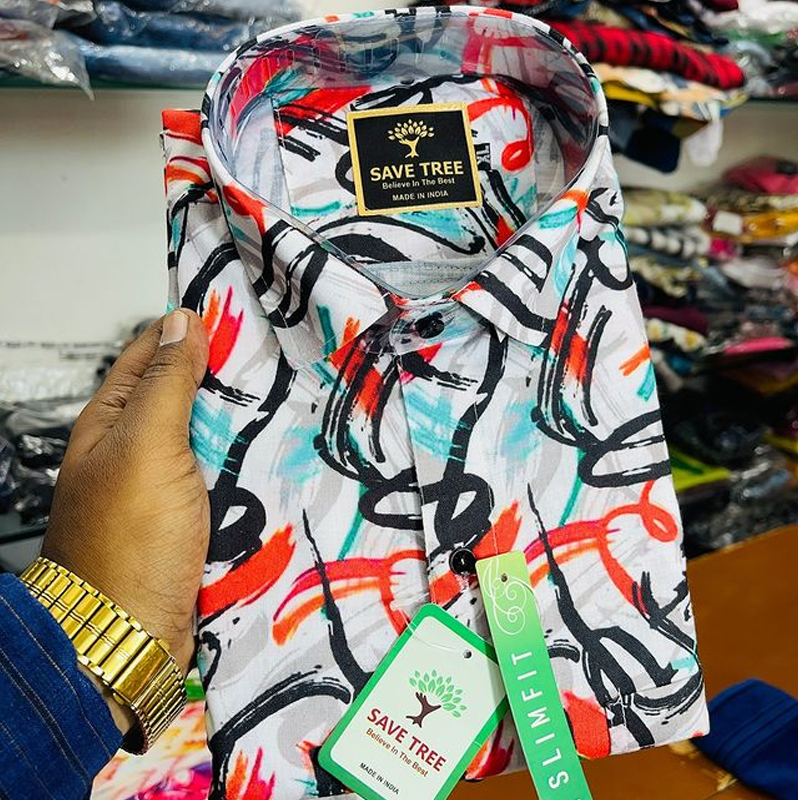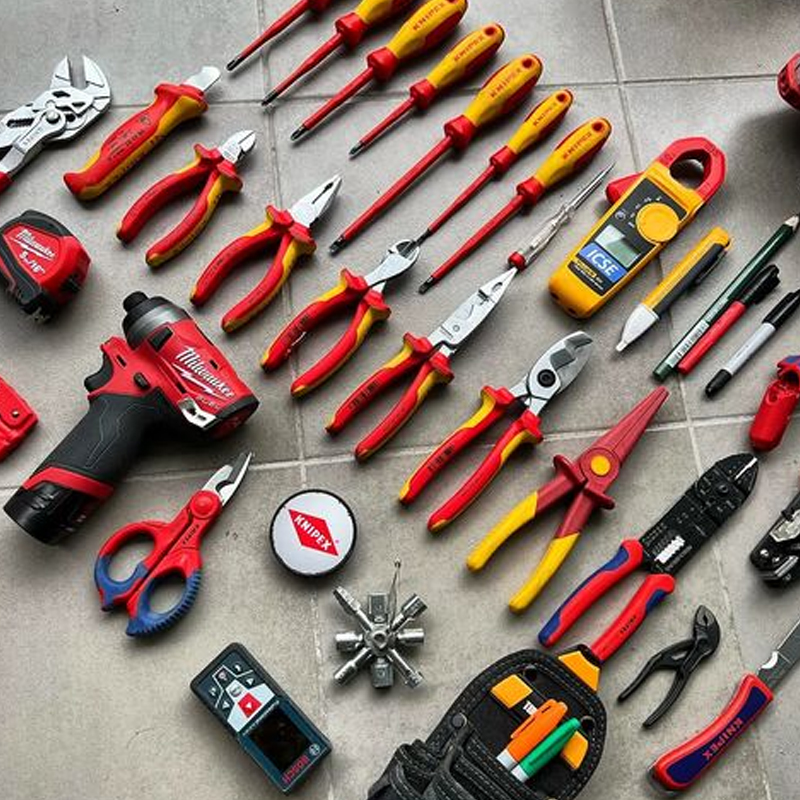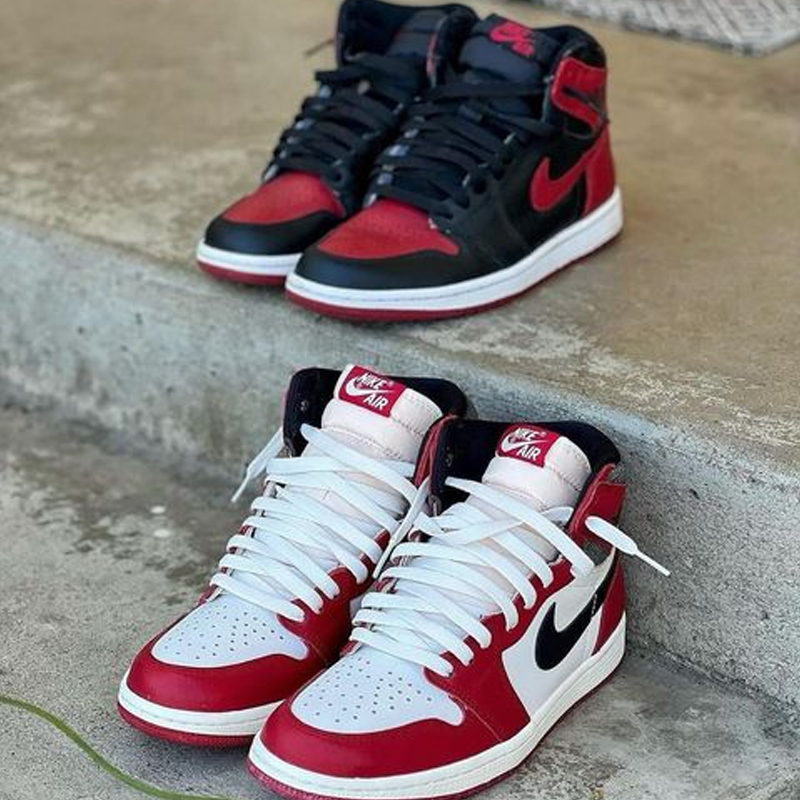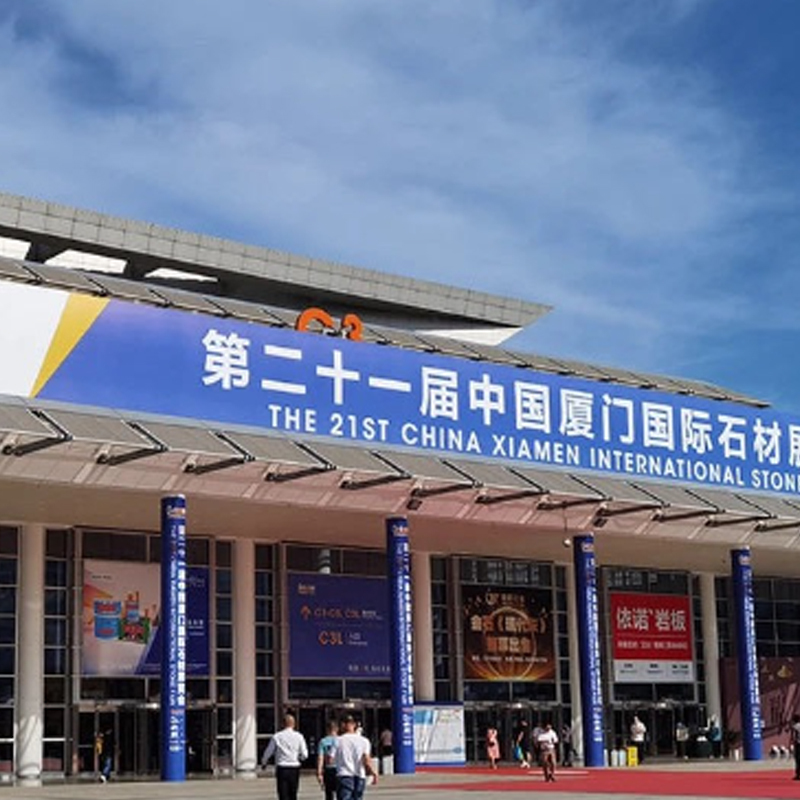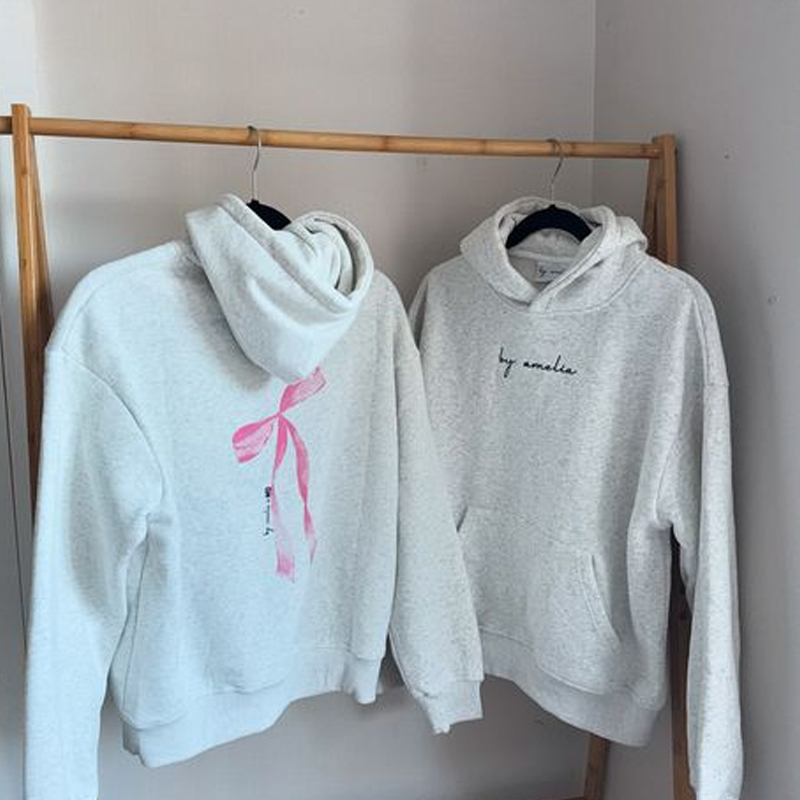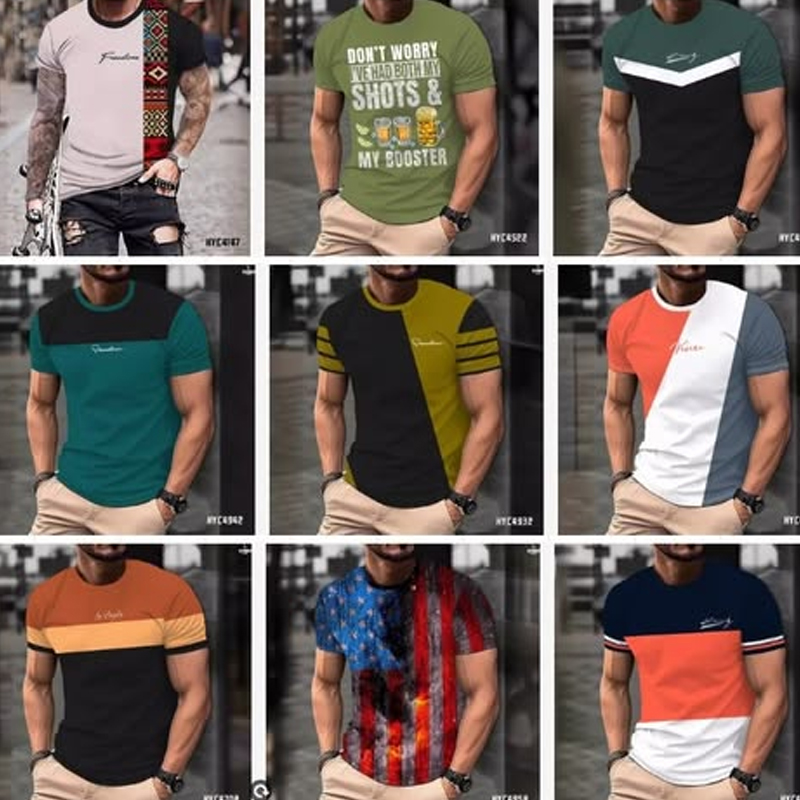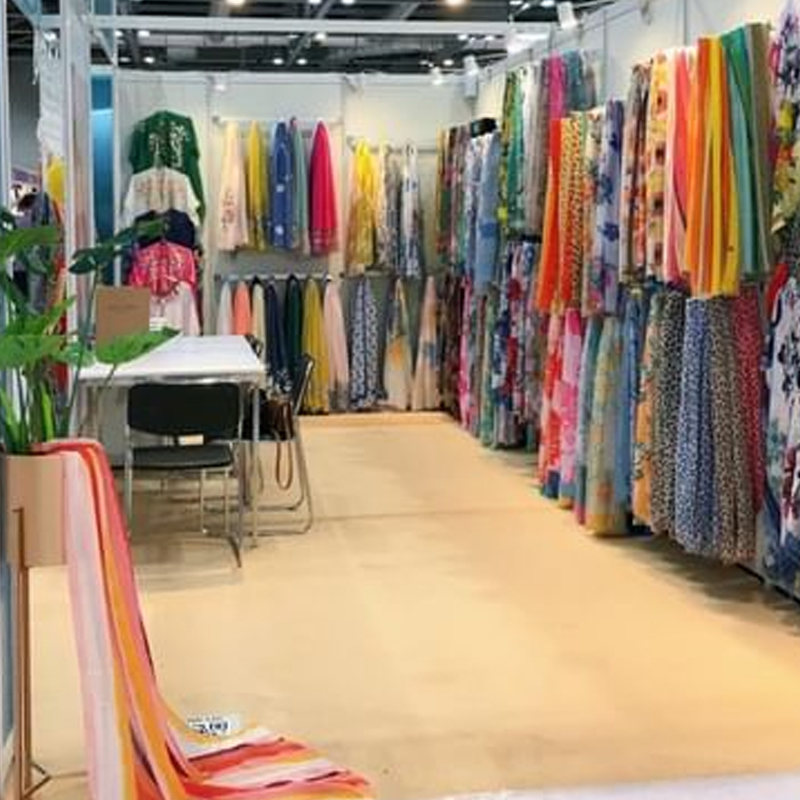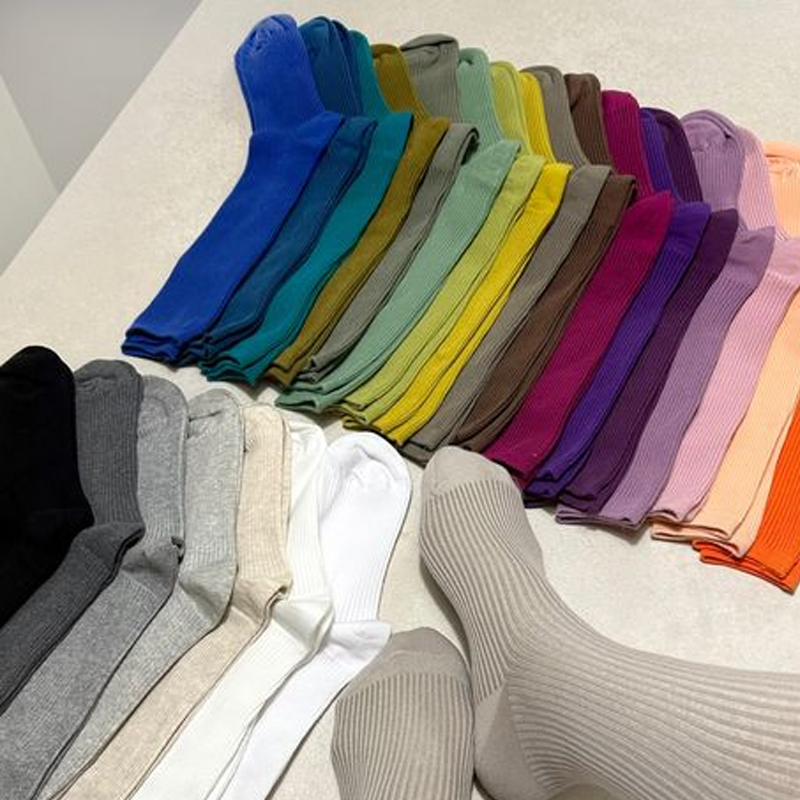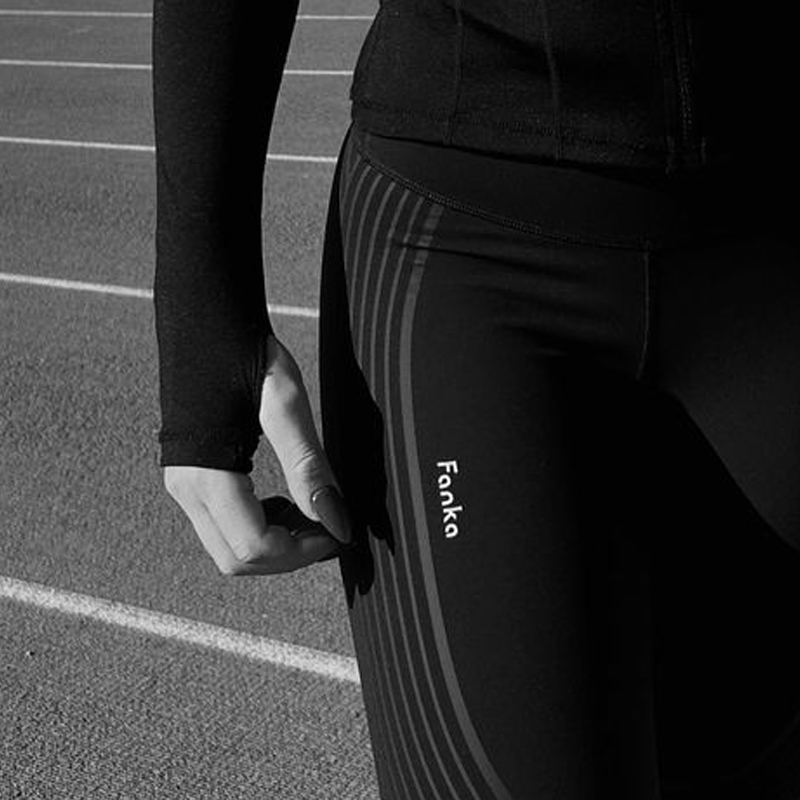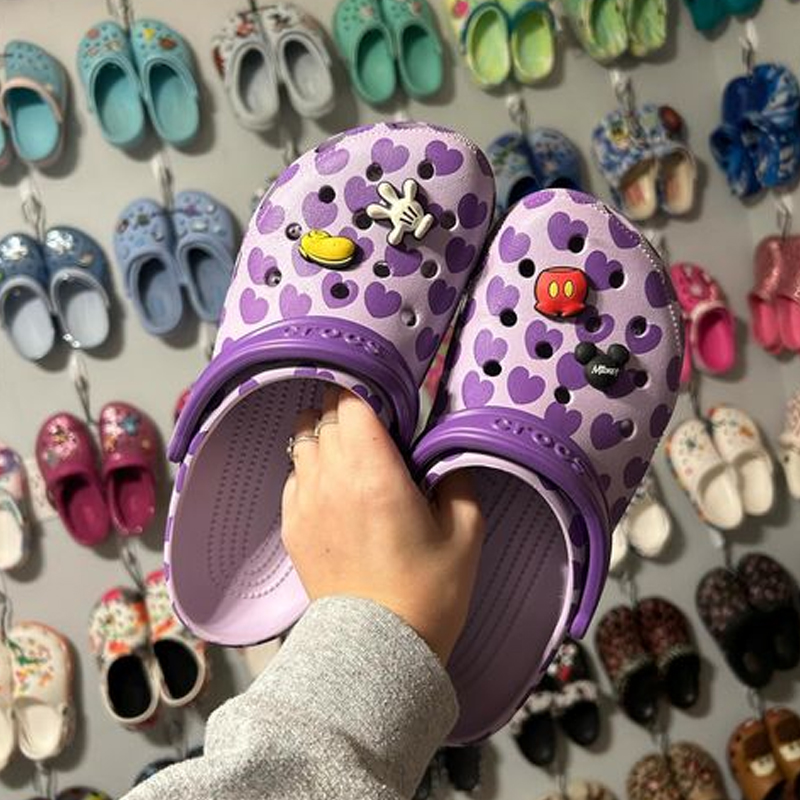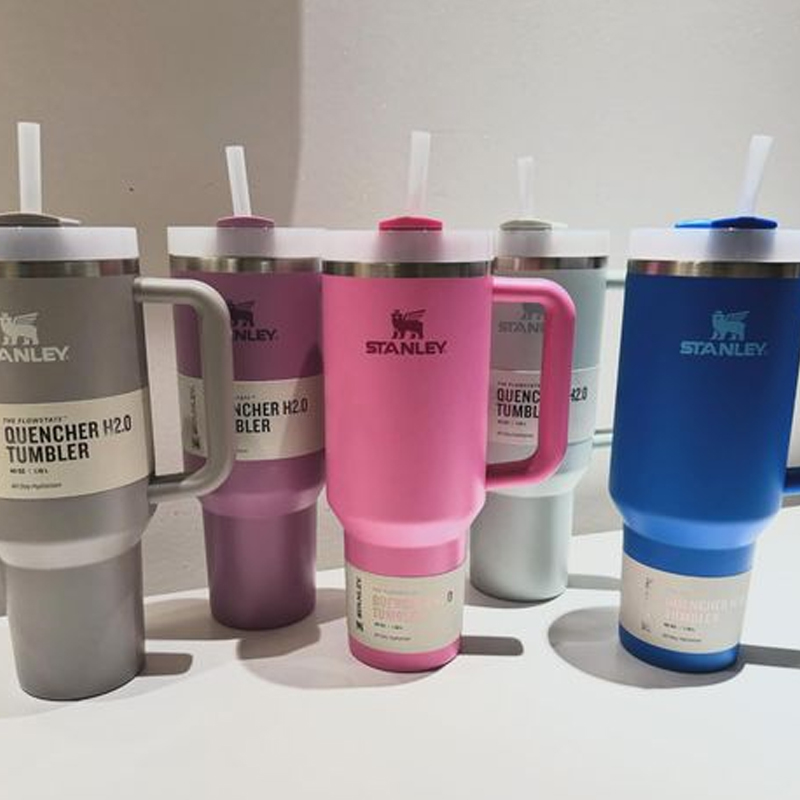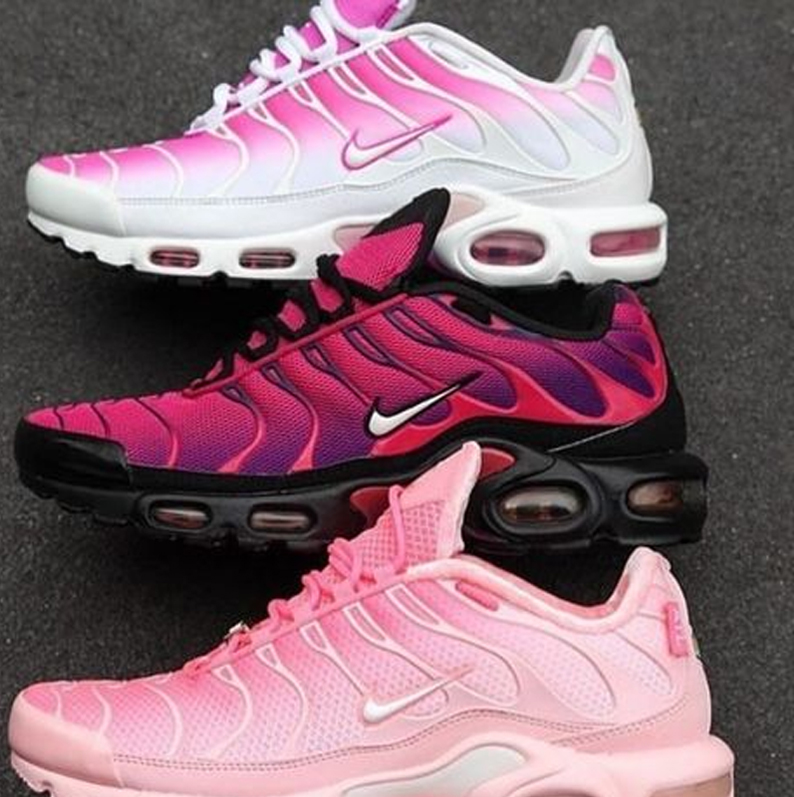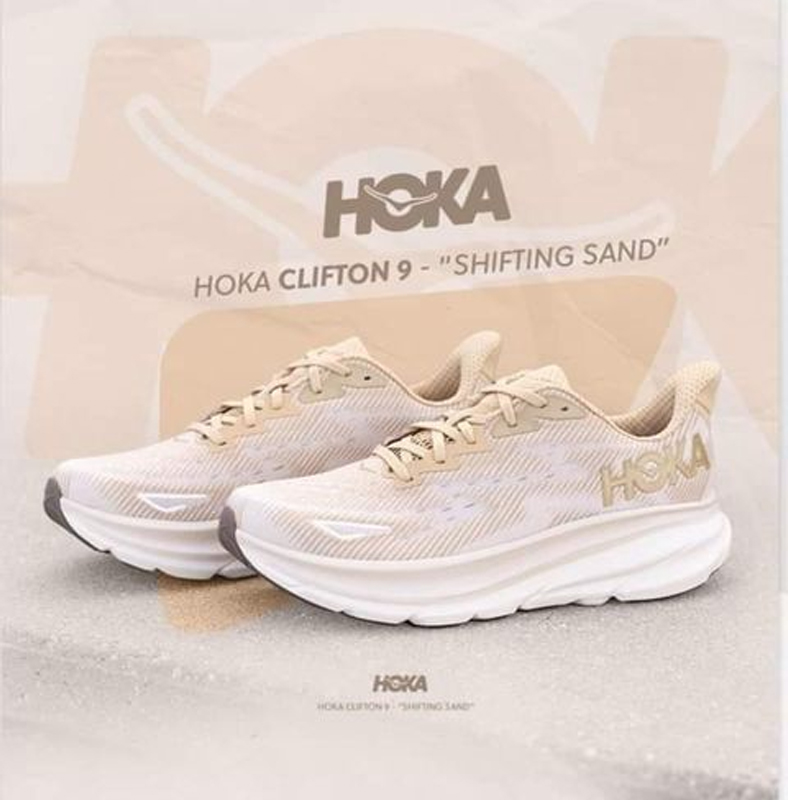Dive into the fascinating story of Puma, a brand that has transformed from a small German shoe factory to a global athletic powerhouse. This article explores Puma’s rich history, its European manufacturing origins, and how it became a leader in sports innovation. We’ll uncover the company’s founders, its expansion strategies, and its impact on the international sports scene. Whether you’re a sneaker enthusiast, a sports fan, or simply curious about successful brand stories, this comprehensive look at Puma’s evolution is sure to captivate and inform.
Key Takeaways: Puma’s Rise to Athletic Stardom
- Puma’s German roots and the visionary brothers behind its founding
- The brand’s journey from local shoemaker to global sports icon
- Innovative contributions to sportswear technology and athletic performance
- Strategic expansions and international presence in the competitive market
- Puma’s influence on sneaker culture and fashion trends worldwide
What Are the German Roots of Puma?
Puma’s story begins in the small town of Herzogenaurach, Germany. Founded in 1948 by Rudolf Dassler, the company originated from a family schism that would shape the sportswear industry for decades to come. Rudolf and his brother Adolf, who went on to found Adidas, initially ran a shoe factory together in the 1920s. Their split led to the birth of two separate entities: Puma and Adidas.
The post-war era saw Puma establish its first factory in Herzogenaurach, where innovative football boots were manufactured. This German heritage remains a crucial part of Puma’s identity, with the company’s global headquarters still located in its hometown. The brand’s early focus on quality craftsmanship and athletic performance set the foundation for its future success.
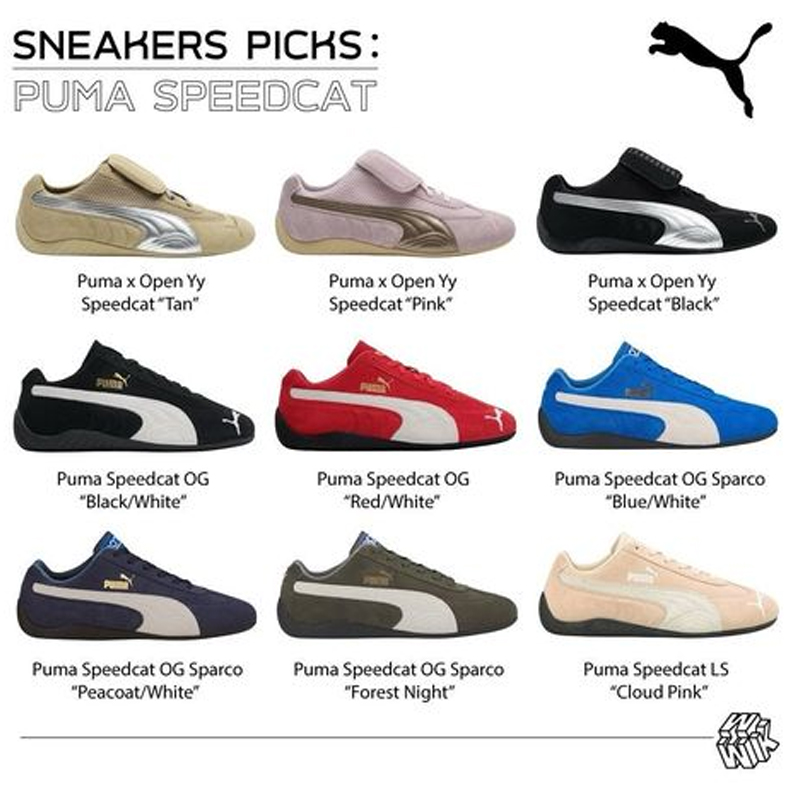
How Did Puma Expand from European Manufacturing Origins to Global Markets?
Puma’s expansion from its European roots to global markets was a strategic journey marked by key milestones. In the 1960s, Puma began to extend its reach beyond Germany, establishing subsidiaries in other European countries. This was followed by a push into North American and Asian markets in the subsequent decades.
The brand’s international presence grew significantly through football sponsorships and partnerships with high-profile athletes. Puma’s iconic leaping cat logo became recognized worldwide, symbolizing speed and agility. By the 1980s, Puma had transformed from a local shoemaker to a global brand with factories located in various countries, adapting to the demands of a rapidly globalizing market.
What Innovations Has Puma Brought to Sportswear Technology?
Throughout its history, Puma has been at the forefront of sportswear technology, consistently pushing the boundaries of what’s possible in athletic gear. One of the brand’s earliest innovations was the development of screw-in studs for football boots, revolutionizing players’ performance on various pitch conditions.
In recent years, Puma has introduced groundbreaking technologies such as:
- NITRO™ foam: A lightweight, responsive cushioning for running shoes
- FUZIONFIT+: An adaptive compression band for a personalized fit
- PROFOAM LITE: A high-rebound midsole compound for energy return
These innovations in athletic performance gear have not only improved athletes’ capabilities but also influenced the broader activewear industry trends.
Who Were the Visionaries Behind Puma’s Founding and Growth?
The story of Puma is intrinsically linked to its founder, Rudolf Dassler. His vision and determination laid the groundwork for what would become a global athletic brand. Rudolf’s expertise in shoemaking, combined with his keen understanding of athletes’ needs, drove the early success of the company.
After Rudolf’s passing in 1974, his son Armin Dassler took the reins, steering Puma through the challenges of globalization and increased competition. Under Armin’s leadership, Puma expanded its product lines and strengthened its international presence. The company’s later leaders, including Jochen Zeitz and Bjørn Gulden, further shaped Puma’s strategies in sports marketing and brand competition, cementing its position as a major player in the global sportswear market.
How Has Puma Influenced Sneaker Culture and Fashion?
Puma’s impact on sneaker culture and fashion is undeniable. The brand has successfully bridged the gap between athletic performance and street style, creating iconic designs that resonate both on and off the field. Collaborations with designers, artists, and celebrities have further elevated Puma’s status in the fashion world.
Key contributions to sneaker culture include:
- The Suede: A timeless classic that has been a staple in street fashion since the 1960s
- RS-X Series: A bold reimagining of Puma’s Running System technology from the 1980s
- Fenty Puma by Rihanna: A game-changing collaboration that blurred the lines between sportswear and high fashion
These innovations have not only shaped fashion influence but also contributed to Puma’s unique market positioning in the competitive sportswear landscape.

What Role Do Athlete Partnerships Play in Puma’s Brand Strategy?
Athlete partnerships have been a cornerstone of Puma’s brand strategy since its early days. These collaborations serve multiple purposes: they provide valuable insights for product development, enhance brand credibility, and significantly boost marketing efforts. Puma’s roster of athletes spans various sports and includes both legendary figures and rising stars.
Notable Puma athlete partnerships include:
| Athlete | Sport | Impact |
|---|---|---|
| Usain Bolt | Track and Field | Revolutionized sprint spikes and boosted brand visibility |
| Neymar Jr. | Football | Enhanced football boot technology and global appeal |
| Lewis Hamilton | Formula 1 | Expanded brand reach into motorsports and lifestyle sectors |
These partnerships not only drive footwear innovation but also play a crucial role in Puma’s sports marketing strategies.
How Does Puma Address Sustainability and Corporate Responsibility?
In recent years, Puma has placed a strong emphasis on sustainable initiatives and corporate responsibility. The company recognizes the importance of environmental stewardship and ethical practices in today’s consumer landscape. Puma’s sustainability strategy, dubbed “Forever Better,” focuses on creating positive environmental and social impact throughout its supply chain.
Key sustainability efforts include:
- Use of recycled materials in product manufacturing
- Reduction of carbon emissions in production processes
- Ethical sourcing and fair labor practices
- Development of biodegradable products
These initiatives not only contribute to a more sustainable future but also resonate with environmentally conscious consumers, influencing market positioning and brand perception.
What Challenges Has Puma Faced in the Competitive Sportswear Market?
Navigating the highly competitive sportswear market has presented Puma with numerous challenges over the years. The brand has had to contend with fierce competition from giants like Nike and Adidas, as well as emerging players in the athletic wear space. Adapting to rapidly changing consumer preferences and technological advancements has been crucial for Puma’s survival and growth.
Some key challenges Puma has faced include:
- Maintaining brand relevance in a crowded market
- Balancing performance gear with lifestyle products
- Keeping pace with digital transformation in retail
- Addressing supply chain complexities in global operations
Puma’s ability to overcome these challenges through innovation, strategic partnerships, and adaptable market positioning has been key to its continued success in the activewear industry.
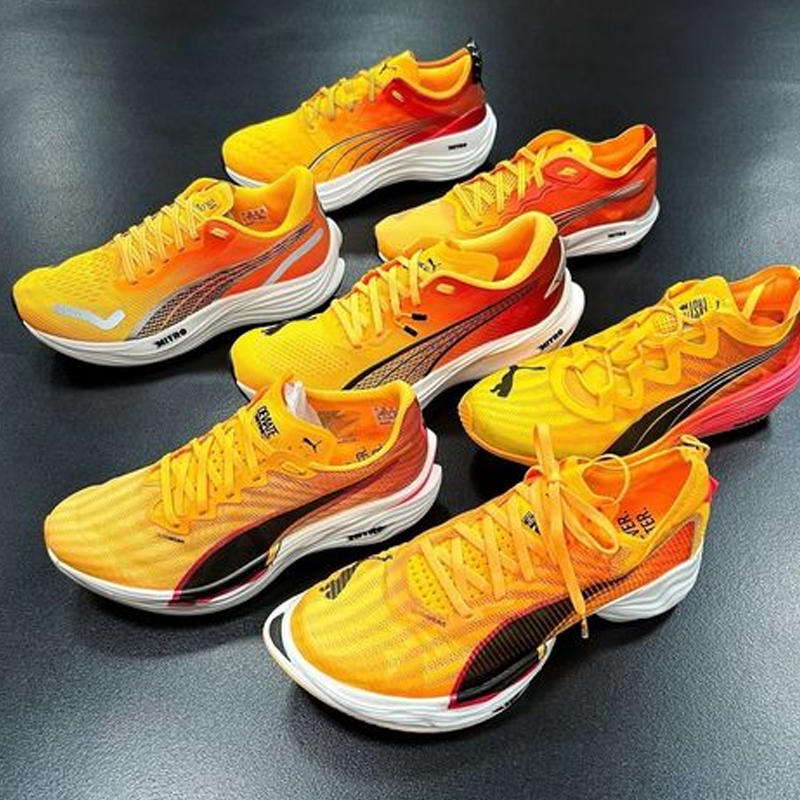
What Does the Future Hold for Puma in the Global Athletic Wear Landscape?
As Puma looks to the future, the brand is poised to continue its trajectory of innovation and growth in the global athletic wear landscape. With a strong foundation in sports innovation and a growing presence in lifestyle markets, Puma is well-positioned to adapt to evolving consumer needs and industry trends.
Key areas of focus for Puma’s future include:
- Further advancements in sustainable product development
- Expansion of digital platforms and e-commerce capabilities
- Continued investment in R&D for performance-enhancing technologies
- Strengthening presence in emerging markets
As the sportswear industry continues to evolve, Puma’s commitment to innovation, sustainability, and cultural impact will likely play a crucial role in shaping its future success.
Sourcing Athletic Wear: Leveraging Global Manufacturing for Quality and Innovation
While Puma’s success story highlights the importance of innovation and brand building, it also underscores the crucial role of efficient manufacturing and sourcing strategies. For businesses looking to enter or expand in the athletic wear market, partnering with experienced manufacturers can be a game-changer.
Chinese factories, known for their expertise in producing high-quality sportswear, can be valuable allies in this endeavor. Their advanced manufacturing capabilities, coupled with cost-effective production, make them an attractive option for brands aiming to compete in the global market.
If you’re considering leveraging Chinese manufacturing expertise to support your athletic wear business, BuyFromChinaDirect can help you source in a smarter way. Our team understands the intricacies of the sportswear industry and can connect you with reliable manufacturers who can bring your innovative designs to life. Just as Puma has maintained its commitment to quality while expanding globally, we can help you achieve the perfect balance of innovation, quality, and cost-effectiveness in your product line.
“In the world of athletic wear, the right manufacturing partner can be as crucial as the right athlete endorsement. Let us help you find your perfect match in China’s vast manufacturing landscape.” – BuyFromChinaDirect Team
By combining your unique brand vision with the manufacturing prowess of Chinese factories, you can create athletic wear that not only performs well but also resonates with your target market. Contact BuyFromChinaDirect today to explore how we can support your journey in the dynamic world of sportswear.

